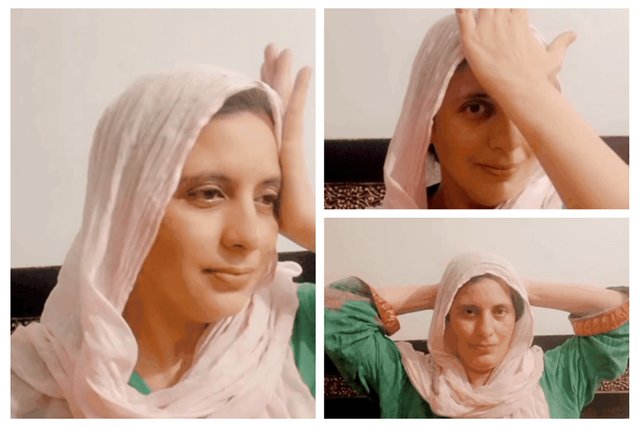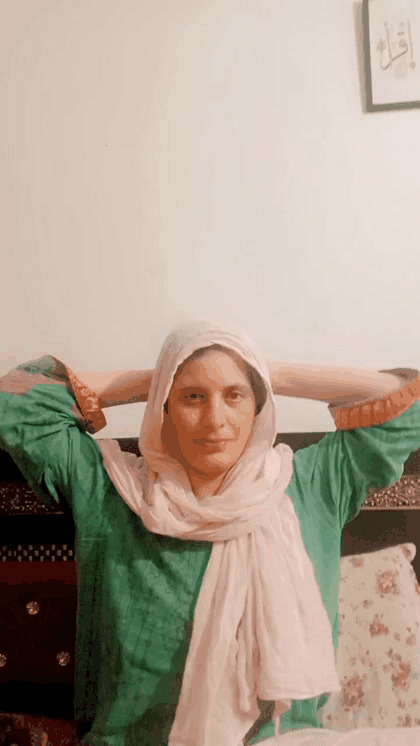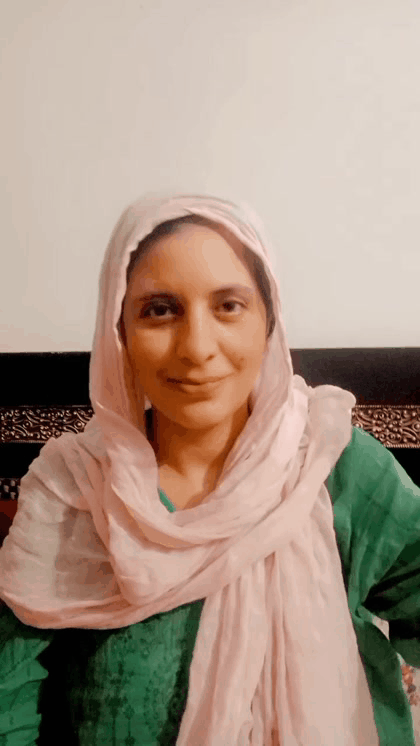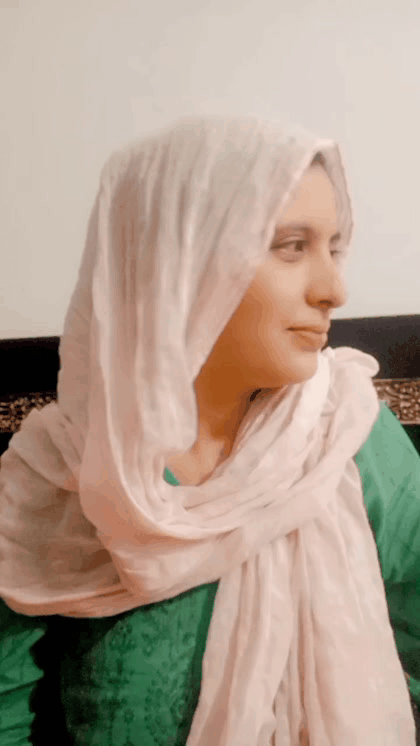Hello friends I hope you are great today I am feeling very honored to take part in another challenge that's really important to discuss and participate as it belongs to Steemit Learning Challenge-S21W3: Physical Therapy Intervention: Cervical Radiculopathy.

What is cervical radiculopathy?
Cervical radiculopathy is painful situations which may arise to compression or imbedded of nerve root in the spinal cords. The pain may further be extended beyond the neck, arm, chest and also towards upper back.
The radial culopathty is also known as pinched nerve which perhaps indication of compression of nerve in neck region which become source of painful situations, Weakness or even numbness.
How this pain originated?
Normally this dysfunction started near the base of skull and ends near the tailbone of pelvis. Hence cervical spine is located in neck region
at the base of your skull and ends in your and it's formed from 7 bones ranges from c1 to c7. tailbone at your pelvis.
Cervical radiculopathy may become initiated in any age group but it's most likely to exist in age of 50 and 60s. Wile at age of 70s the chance of occurrence is more because of formaliin narrowing due to arthritis.
There are many causes of cervical culopathty.
In case of degenerative there is narrowing of spinal cord which may become caused of formation of osteophyte.
In traumatic cause sudden accident result in cervical radiculopathy.
Inflammation-induced due to cysts.
The other cause is due to abnormal cell growth such as tumor or benign tumor.
Diagnosis
The most common tests used to diagnose radiculopathy are MRI, EMG and nerve conduction.
The conventional method of myography is also being used but the reliability may ranges from 30 to 95%.
The other highly reliable tests which are performed
- Spurlings Test,
- Upper limb tension-1
- Distraction test
- cervical rotation at angle of 60 degrees.
These four tests are used to confirmation of radiculopathy.
When above mentioned 4 test are positive it's indication of post test probability is more than 90%.
When 3 tests are positive it shows the probability of about 65%.
The Spurling test is not sensitive but it can be effectively utilized for confirming the cervical radiculopathy.
Now I will perform exercises which are as follow.
Isometrics Neck Retraction
In this case I have placed my hand behind the neck, I did not arm towards forward side. I resist my neck movement to avoid the neck extension.

isometric neck flexion
In this case I keep my neck straight and didn't allowd it to be flex I kept my hand on forehead.

Isometric Neck rotation
I kept my hand on head in a way I avoid to move the neck, the resistance was mainly from hand.

My feedback
I found these exercises very effective as it enable me to learn about the radiculopathy and through these exercises I was able to relax my neck. Thank you @ashkhan for given me chance to learn about these useful exercises while staying at 🏡.
It's all about my today post.
I would like to invite my friends @jannat12, @m-fdo and @pea07 to take part in the challenge.
Thank you for understanding the lesson and sharing your assignment; I hope that you will enjoy this week's lesson and try to implement it in your life if you see any such case.
Observations
Task 1 (2.9/3)
You have shared a great knowledge about cervical radiculopathy, and it's causes, symptoms, treatment, also add the vertebrae involve in cervical radiculopathy. You can also add the second name of cervical radiculopathy. I appreciate your effort.
Task 2 (2.5/3)
In the second question, you tell us about how you have to assess a patient by doing the physical examination, history taking, investigations of patients and specialized tests. That's good you share the percentage of diagnosis correction on the basis of special tests. You have share good knowledge but you can share a bit more details of investigations and special tests. Great.
Task 3 (3.5/4)
You try the isometric cervical flexion, rotation and retraction. But while performing Isometric exercises you have to apply resistance & apply that much force that didn't allow head movement. In neck rotation try to perform 2 to 3 times as you performed once. You performed these exercises somehow better than other participants but still need improvement. Remember always apply heating pad to relax your muscles before performing these exercises. I appreciate your efforts.
Overall you made a great attempt to answer all the questions. I appreciate your efforts. But next time try to avoid the above written suggestions. Keep learning and try to implement your knowledge to the people suffering from any cervical radiculopathy. Thank you.
Downvoting a post can decrease pending rewards and make it less visible. Common reasons:
Submit
Thank you so much for kind review and feedback.
Downvoting a post can decrease pending rewards and make it less visible. Common reasons:
Submit